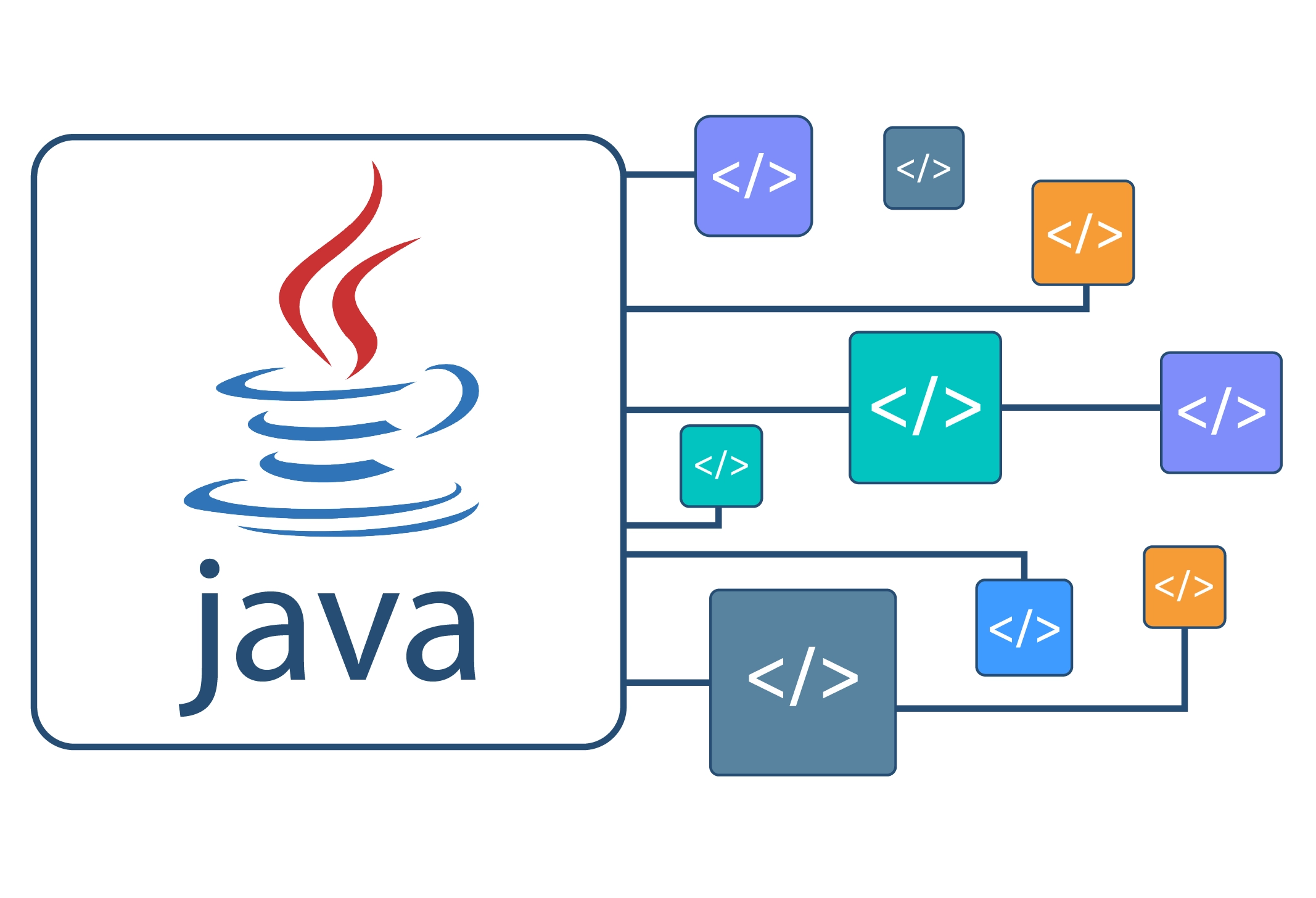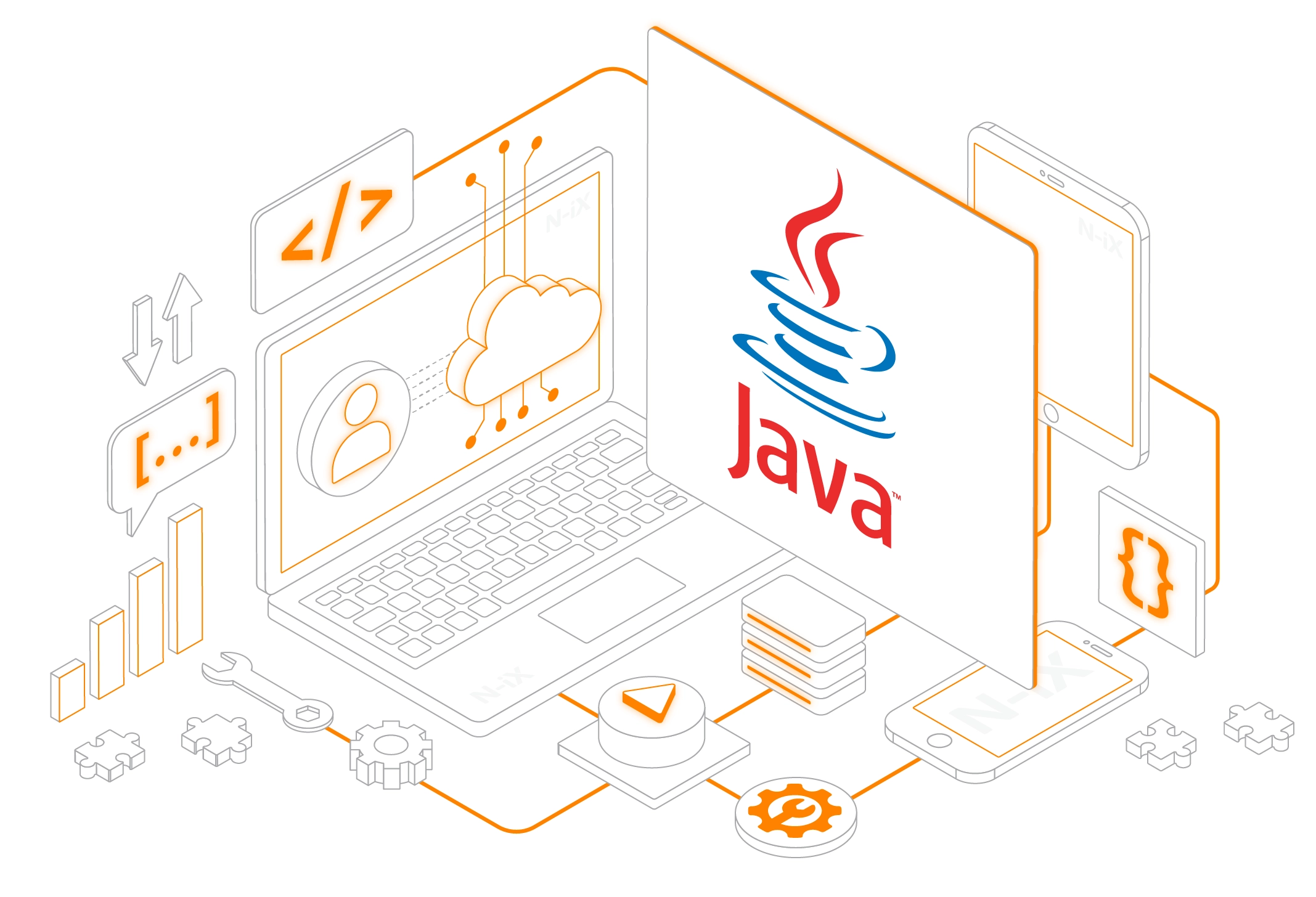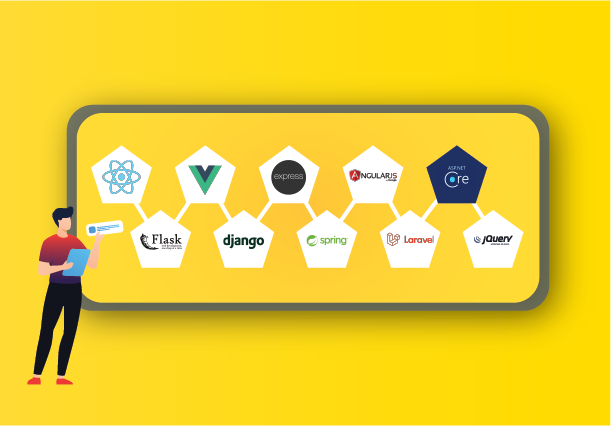An In-depth Exploration of Java Web Development for Scalable Solutions
Businesses can access scalable solutions that are customized to match their various demands by starting a Java web development journey. Java’s strong infrastructure offers a good starting point for creating dynamic web apps in this digital age where having an online presence is essential. Java web development gives developers the flexibility and dependability to build scalable solutions that can expand and change with changing business needs.

For businesses aiming to prosper in the current competitive environment, scalability is an essential component. Because of Java’s built-in scalability, developers may create applications that can accommodate growing user loads and add more features without sacrificing efficiency. Businesses may guarantee that their digital platforms stay responsive and effective, even in the face of exponential demand growth, by utilizing Java web development.
The vast ecosystem of Java provides a multitude of libraries, frameworks, and tools that improve productivity and expedite the development process. The development of scalable online solutions can be accelerated by developers with the use of a robust toolkit that includes Apache Struts, Spring, Hibernate, and JavaServer Faces (JSF). Also, programs may operate smoothly across a range of devices and operating systems thanks to Java’s cross-platform compatibility, giving users a consistent experience on any platform of their choice.
Organizations have an abundance of options when it comes to developing scalable solutions that meet their specific requirements because of web development using Java. Through the utilization of Java’s broad ecosystem and robust framework, enterprises can open up new avenues for innovation and growth in the digital space. Whether creating content management systems, enterprise apps, or e-commerce platforms, Java is still a reliable option for creating robust, scalable web solutions that promote company success.
Java’s Web Acumen with Essential Insights for Development Success
Java, which is well-known for its resilience and adaptability, is a top option for web development since it provides developers with an extensive set of tools and functionalities. Java is essentially an object-oriented programming language that is well-known for being platform-independent, which makes it ideal for creating programs that can function seamlessly across many systems. Scalable, safe, and effective web applications may be developed more easily with Java’s vast ecosystem of tools and frameworks.

Understanding the core ideas and characteristics that support Java’s functionality is a prerequisite for learning the language for web development. Because of its clear and simple grammar, Java is usable by developers with different levels of skill. Furthermore, multithreading is robustly supported in Java, enabling developers to design concurrent programs that can manage numerous tasks at once. Because of its extensive standard library, which offers a wealth of pre-built classes and methods, developers can easily complete challenging tasks.
The fundamental ideas and tools of Java web development enable programmers to build dynamic, interactive online applications. Java-based web applications are primarily supported by Servlets and JavaServer Pages (JSP), which enable server-side processing and dynamic content creation. Developers can easily include database functionality into their web applications with Java Persistence API (JPA) and Hibernate, which offer strong tools for database interaction. Additionally, frameworks like Spring MVC provide all-inclusive solutions for developing web applications, offering capabilities like aspect-oriented programming (AOP) and inversion of control (IoC) to speed up development.
There are numerous advantages to adopting Java when developing web applications. Because of Java’s platform independence, programs can operate on any hardware or operating system that has a Java Virtual Machine (JVM), offering unmatched compatibility and flexibility. Java is especially well-suited for developing mission-critical applications, such as online banking systems and e-commerce platforms, because of its strong emphasis on security and durability. Developers may easily solve common issues and stay up to date on the most recent advancements in Java because of the language’s robust documentation and community support systems. Having been considered, the Java web framework provides a strength for creating scalable, dependable, and future-proof online applications.
Java Architecture for Scalability by Handling Workload and Traffic
Building scalable architectures using Java is essential in the field of web development to make sure that apps can efficiently manage growing workloads and user traffic. In this domain, scalability—the capacity of a system to support growth without compromising stability or performance—is a vital concept. Architects use best practices and architectural patterns specifically designed for scalability when developing Java web applications. These patterns offer blueprints for modular and flexible application structuring, enabling applications to expand and change over time without experiencing major bottlenecks.

Microservices are a popular architectural pattern used in scalable Java programs that break down large systems into smaller, independently deployable services. By allowing teams to grow individual components independently in response to demand, this strategy improves scalability. Utilizing distributed computing techniques to distribute incoming requests over numerous servers for fault tolerance and optimal resource utilization, such as load balancing and clustering, is another common practice. Furthermore, implementing event-driven structures and asynchronous processing makes it easier to manage multiple requests at once and lengthy activities, which improves responsiveness and scalability even more.
Java web development-specific scalability approaches include database administration, resource allocation, and caching strategy optimization to handle growing workloads. Using connection pooling techniques, for instance, facilitates effective database connection management and avoids resource fatigue during peak times. Similar to this, by putting frequently accessed data closer to the application, caching technologies like in-memory caching and distributed caching improve efficiency and scalability while lowering the strain on backend systems. Developers may create durable and flexible Java web apps that can grow with their user bases and change with the needs of their businesses by implementing these architectural patterns and scalability strategies.
Java Frameworks for Scalable Web Solutions; Overview, Leveraging Features, and Case Studies
Java frameworks provide a solid basis for businesses to expand upon and are essential to the development of scalable web solutions. These frameworks, which include Spring and Hibernate, give programmers strong capabilities and tools for applications built with Java and they scale with increasing user traffic and demand. Java web frameworks are very powerful tools that help developers maintain code maintainability, effectively manage complexity, and increase productivity through the development process.
It is imperative to utilize the functionalities provided by Java frameworks while developing scalable web applications. For example, Spring provides extensive support for aspect-oriented programming, transaction management, and dependency injection, enabling developers to create adaptable and modular systems. In a similar vein, Hibernate streamlines database interaction by offering an object-relational mapping (ORM) framework, which lowers database access complexity and boosts application efficiency.
Enterprises such as LinkedIn, Netflix, Alibaba, Twitter, and Uber are utilizing Java frameworks like Spring and Hibernate to create scalable online applications. For instance, Alibaba handles e-commerce, Twitter handles data persistence, Netflix handles content distribution, Spring handles backend services, and Uber handles driver dispatch and payment processing. These examples show how well Java frameworks manage growing workloads and user traffic while maintaining performance and dependability for smooth operations and improved user experiences.
With their enormous feature set and ability to adapt to the changing demands of contemporary enterprises, Java frameworks are an essential tool for creating scalable web applications. Developers can create and execute scalable, robust apps that offer outstanding performance and user experiences by utilizing these frameworks and researching real-world case studies.
Empowering Business Growth by Scaling Java Web Applications for Scalability and Performance
Java web applications’ scalability and performance are critical components of business growth. To handle growing user demands and data quantities, Java applications must be scalable both vertically and horizontally. Whereas horizontal scaling comprises dividing the workload among several servers, vertical scaling comprises augmenting the resources of a single server. Furthermore, to guarantee that scalable systems function effectively in a variety of scenarios, monitoring and performance optimization strategies are essential.
By enabling smooth updates and improvements to the application, continuous integration and deployment techniques also help to retain scalability. Through the implementation of these tactics and procedures, companies may fully utilize Java web development to achieve their expansion goals and provide the best possible user experience.
Advanced Java web development applications, it may adjust dynamically to changing traffic patterns by including automated scaling algorithms, which guarantees reliable performance and availability. Through the utilization of auto-scaling capabilities and cloud-based infrastructure, enterprises may effectively handle resources and react quickly to fluctuations in demand. This adaptability improves the application’s overall resilience and dependability while also optimizing resource usage. Because of this, businesses can handle times of expansion and sudden increases in user activity with ease and confidence, all without sacrificing efficiency or customer pleasure.
Upturn Scalability with Java by Partnering with Pattem Digital
We summarize the several advantages of Java web development for creating scalable systems that meet changing business requirements. To ensure smooth growth and evolution, we strongly advise using Java as the foundation for creating dynamic and flexible web applications. Look nowhere but at Pattem Digital as the top option for Java web development services. We provide knowledge, ingenuity, and a track record of developing reliable, scalable web applications that are customized to your company’s needs.





